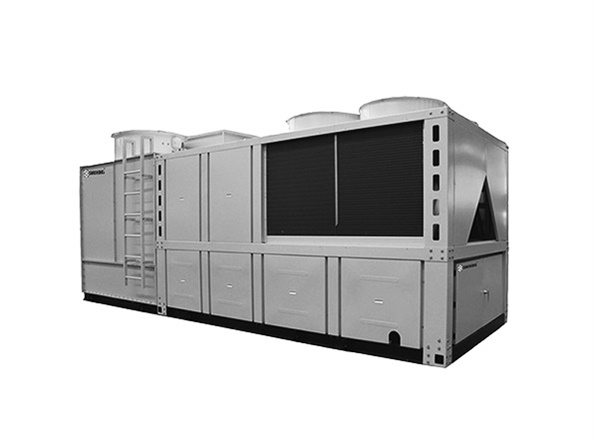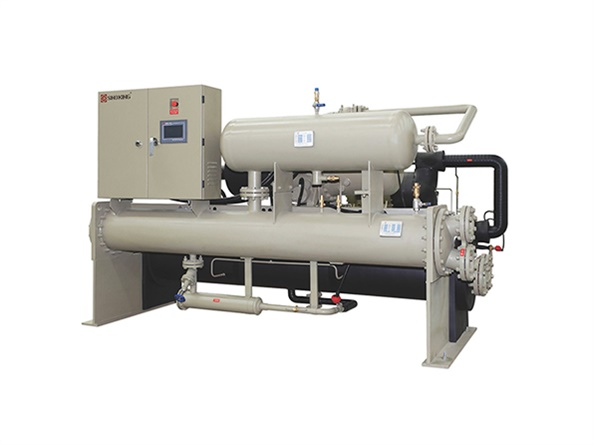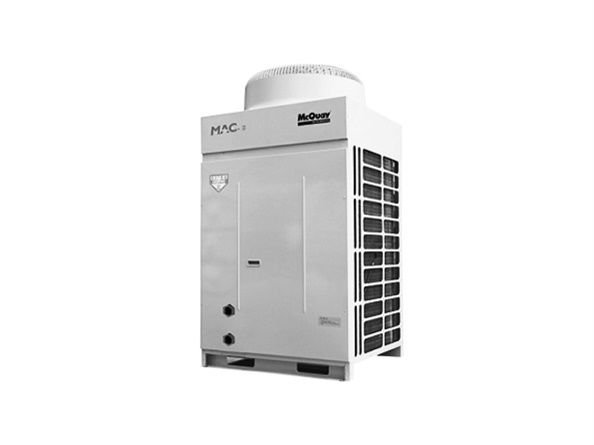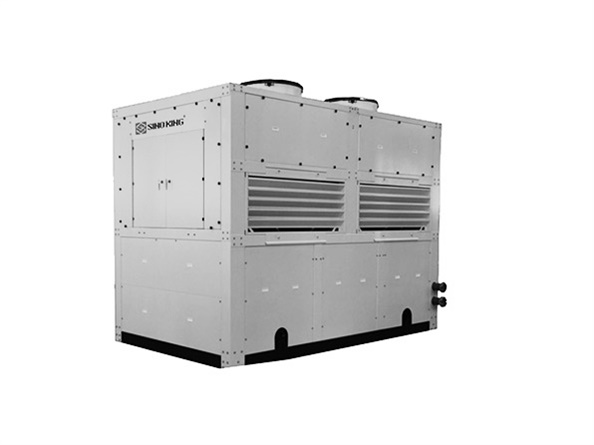1 minute to understand! Common pools for water treatment
In the process of sewage treatment, common functional pools will vary according to different processes. The following are several typical treatment units and their functions.
Pre-treatment
Grille well: Grille well is one of the most common structures for wastewater treatment. Its main part is the grille decontamination machine. The main function of the grille is to protect the water pump and prevent pipe blockage. The grille channel intercepts sewage while also reducing a certain pollutant load.
According to the slag cleaning method of the grille, the grille is divided into two types: artificial grille and mechanical grille. Artificial grille is generally used in occasions where the amount of wastewater is small and the cleanup workers are not large. Large and small sewage treatment plants generally use mechanical grille.
sedimentation tank: The sedimentation tank is usually arranged at the head of the canal or near the water delivery channel in the canal system. Depending on the terrain conditions, it is mainly used to precipitate coarse-grained sediment.
There are many types, such as aeration sedimentation tank, advection sedimentation tank and cyclone sedimentation tank, each of which has its own treatment strategy, but the core goal is the same: to initially filter out those impurities that are easy to separate.
Regulation tank: In a wastewater treatment plant, the regulation tank is a tank set up before the wastewater treatment facility in order to make the pipes and structures work normally and not be affected by the peak flow or concentration of wastewater.
 Rapid removal of total phosphorus from urban domestic wastew
Rapid removal of total phosphorus from urban domestic wastew
 One minute! Take you to understand electroplating wastewater
One minute! Take you to understand electroplating wastewater
 33 commonly used knowledge points for wastewater treatment
33 commonly used knowledge points for wastewater treatment
 Emergency measures for "total phosphorus exceeding standard"
Emergency measures for "total phosphorus exceeding standard"


